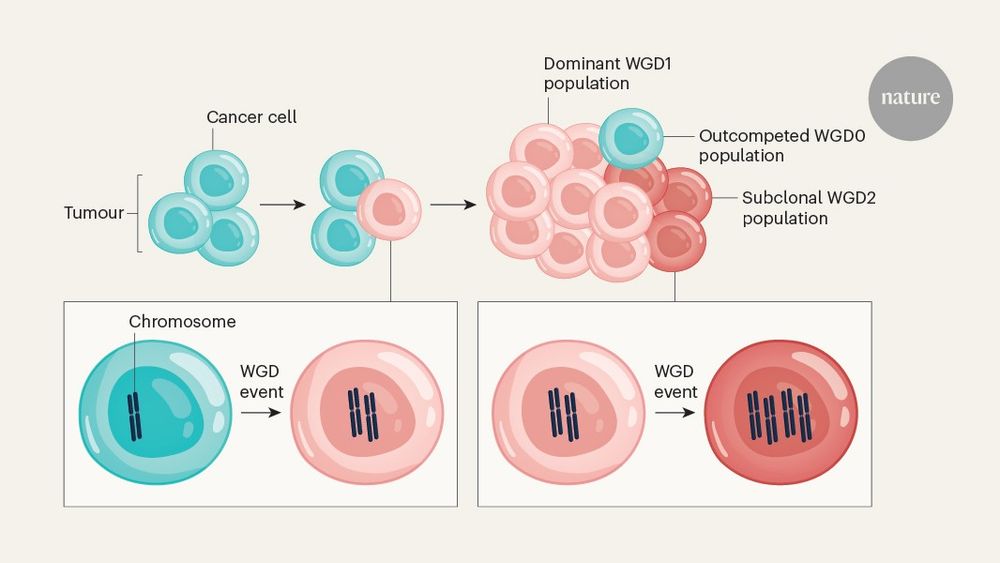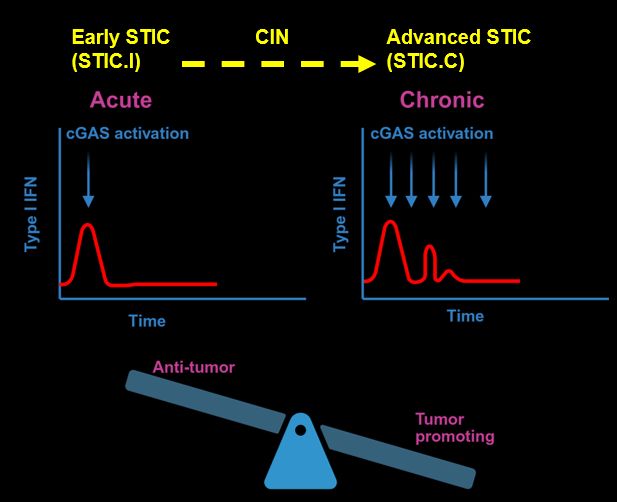Tanjina Kader 🎗️
@tanjinakader.bsky.social
70 followers
79 following
27 posts
Cancer research | Post doctoral Fellow, Harvard Medical School | previously Peter MacCallum Cancer Centre, Melbourne.
Posts
Media
Videos
Starter Packs
Pinned
Reposted by Tanjina Kader 🎗️












